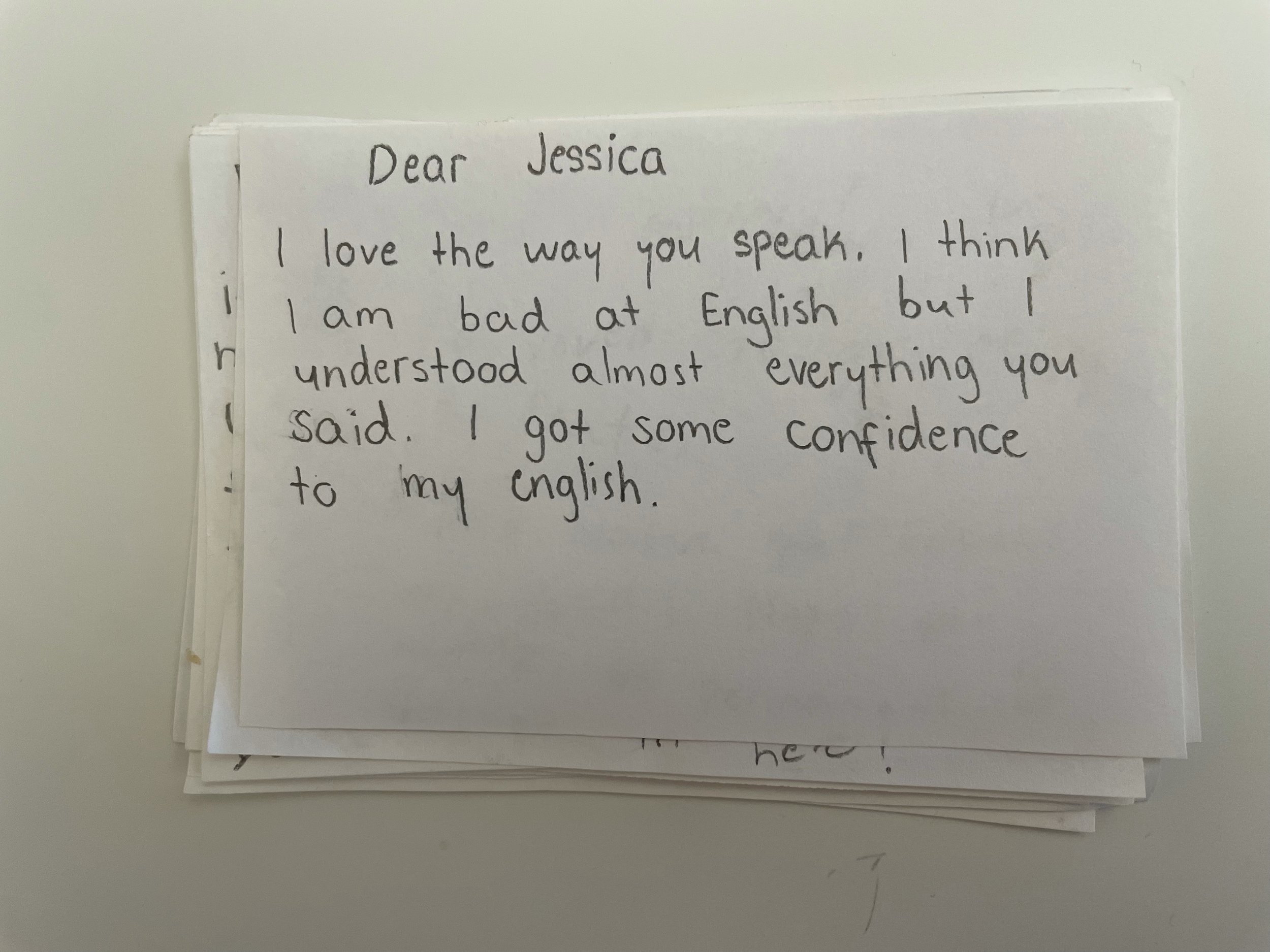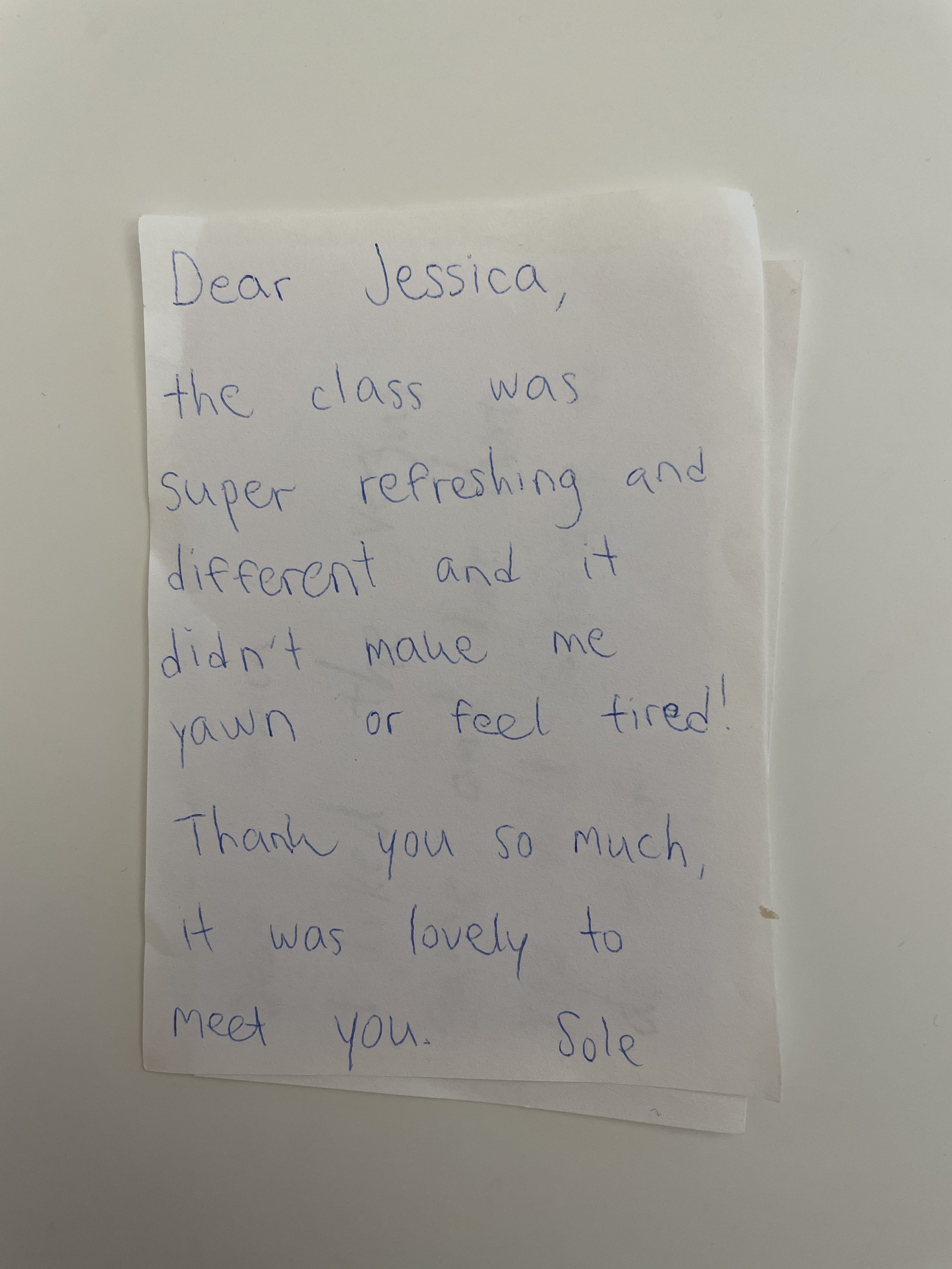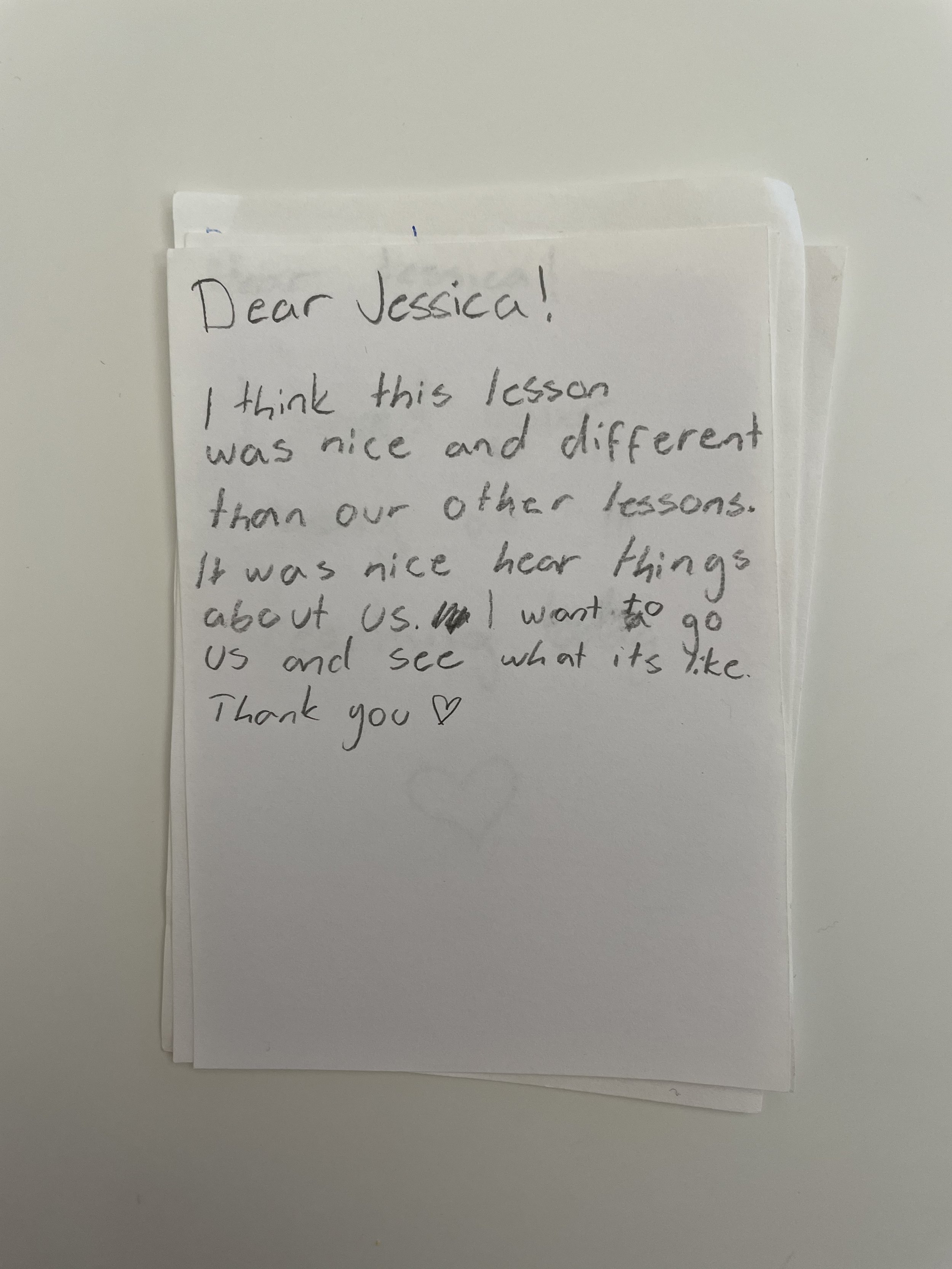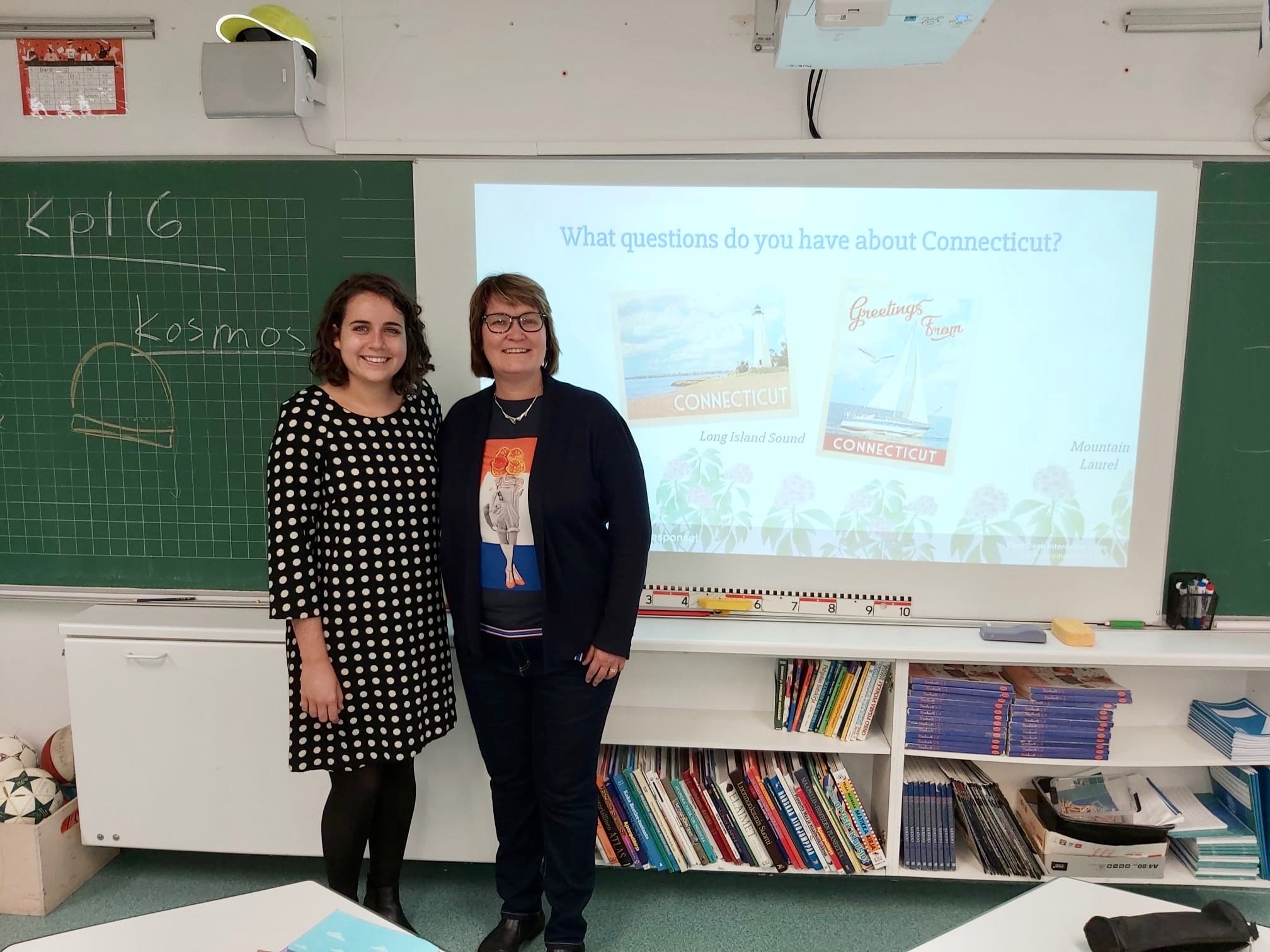Finnish Schools, Part 1
Note: I have been in only two Finnish schools since my time here. I am in no way an expert. I am simply offering my initial observations in comparison to my experiences in American schools.
Initial Observations
Lack of Security
In both schools I visited, there was no security guard, no metal detector, no secretary checking you in. I walked right into the school building. I didn’t have a sticker, a badge, or a lanyard. I didn’t have to show any ID. Students were roaming around, either on a break or at recess, as I walked right into the school building. In America, many schools have strict security protocols. Visitors usually have to buzz into the building and then check in with a valid form of ID. The lack of security was something I noted because it is such a big deal in the American schools I worked in.
Student Independence
At the end of the period, students got up and left the classroom. This is pretty typical for a secondary school. However, it seems like students of all ages had the freedom to roam the halls or common areas during their break. Additionally, there was no urgency to get to their next class because there is a lot more time in between classes than I’ve seen in American. Finnish students had about 15 minutes to hang out with their friends, go on their phones, or take a nap until it was time for their next class. For the most part, this break was unsupervised. I noticed students have a lot of independence.
Teacher Freedom
Teachers are seen as “ethical professionals” here in Finland. Aside from the national curriculum, teachers are seen as autonomous and trusted to make decisions with little oversight from administrators. They have the freedom to plan, organize, and evaluate their own teaching. I did not sense as much urgency and stress in the Finnish schools as I did in American schools. There are no standardized tests except the matriculation and A level exams in upper secondary schools, so teachers have more freedom with teaching time in their classrooms. Additionally, there seem to be more breaks in the day. After each block of instruction, students and teachers have a break. I found teachers hanging out in the teacher’s lounge, drinking a cup of coffee, and enjoying their collegeue’s company. Of course, this is also a time to make copies, grade, or speak to the administrator, but the fact that these breaks are built into the schedule gives teachers more freedom to get administrative tasks done.
English Language Acquisition
Wow, wow, wow! I am very impressed with the language acquisition in schools here. I spoke (in English) to 5th, 6th, 8th, and 9th grade students here in Finland about American society and culture. The majority of students listening to my presentation could understand what I said and ask me relevant questions in English. The students start learning English as a second language in primary school and by ninth grade, they are mostly fluent. I started learning Spanish in sixth grade and continued Spanish lessons into college. I was not even close to being fluent. It was astonishing to see 5th grade students with only a few years of English instruction able to communicate so effectively in this foreign language. Students in Finland often take Finnish, English, and Swedish with the option to study Spanish or French as well. While all the students were shy at first to speak a non-native language, their participation by the end of each lesson showed how much English they really know. Some of them even wrote in their feedback to me that they were surprised by how well they could understand me.
I’ll report back as I visit more schools!
Special shout-out to my Fulbright buddy, Tuija Kae, for setting up the visits to her school.





